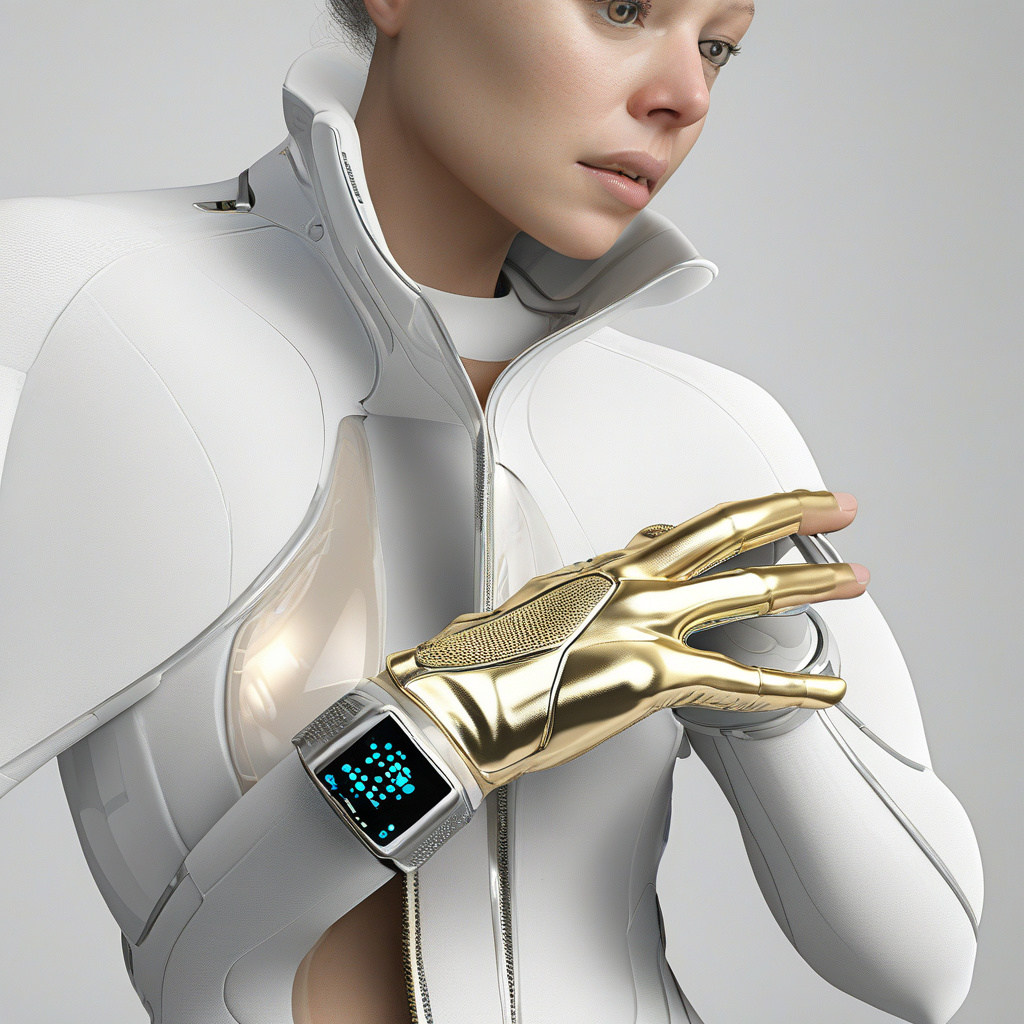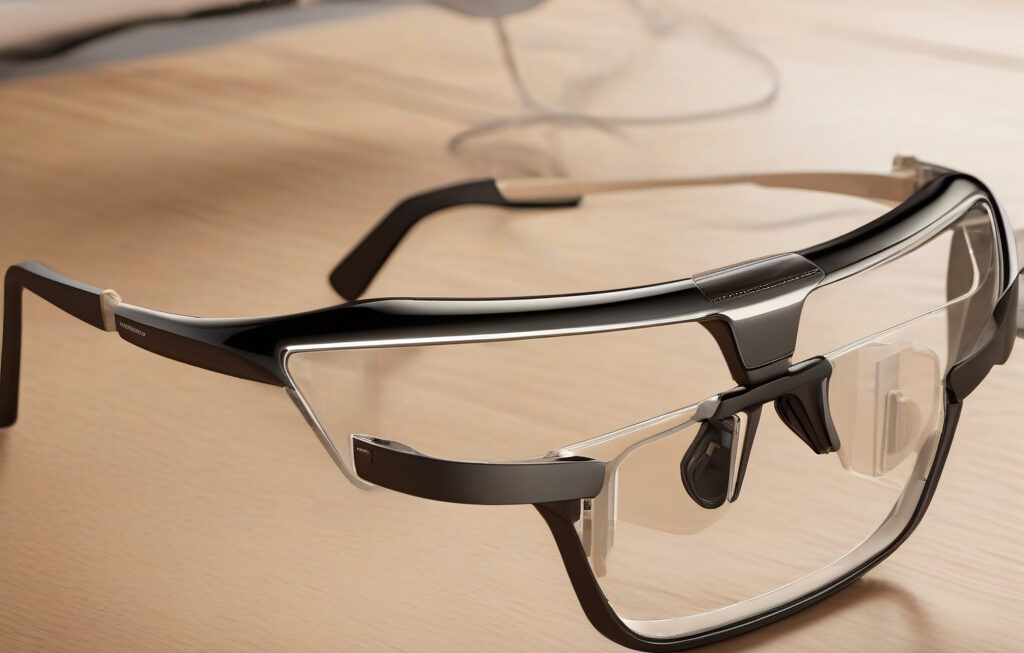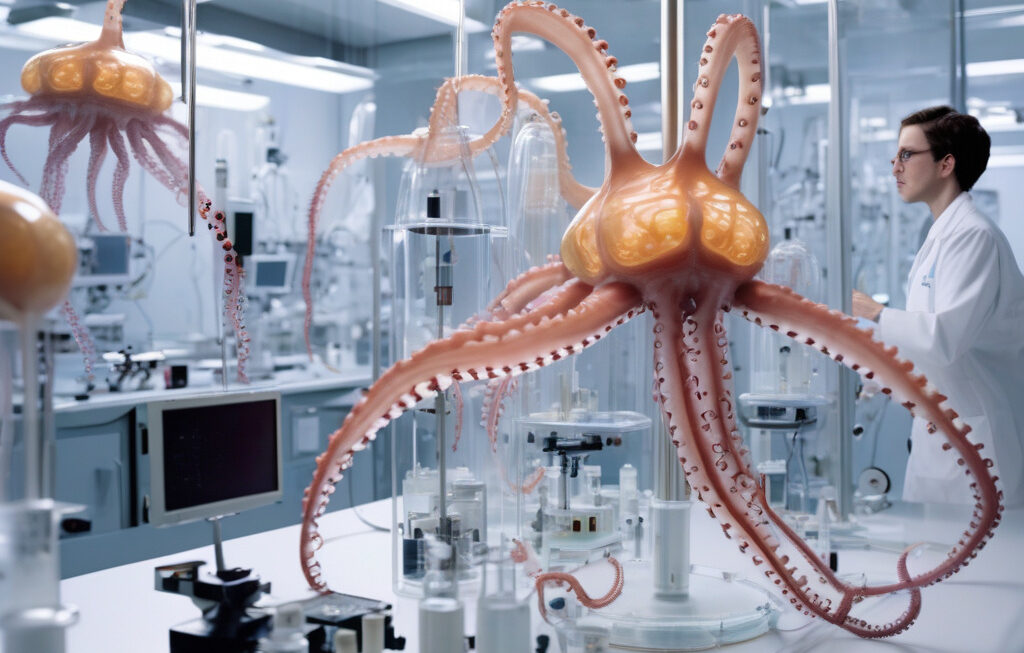Wearables with tunable stiffness mimic touch, adapt motion, and remember shape
Researchers at Carnegie Mellon University (CMU) have developed a powerful new algorithm that enables the creation of wearables with tunable stiffness. This groundbreaking innovation opens up a world of possibilities for the future of wearable technology, allowing devices to mimic the sense of touch, adapt their motion to different scenarios, and even remember specific shapes.
The concept of tunable stiffness in wearables is revolutionary in itself. By incorporating this feature, these devices can dynamically adjust their firmness or flexibility based on the user’s needs or external conditions. Imagine a smartwatch that becomes softer when receiving a notification to provide a gentle touch on the wrist, or a robotic exoskeleton that stiffens to offer support when lifting heavy objects. The potential applications span across various industries, from healthcare and gaming to manufacturing and beyond.
One of the most exciting implications of this technology is the ability for wearables to mimic the sense of touch. By modulating their stiffness, these devices can simulate different textures and pressures, enhancing the user experience in virtual reality simulations, remote surgeries, or even everyday interactions. This advancement brings us one step closer to a future where physical sensations can be replicated through technology with unprecedented accuracy.
Additionally, wearables with tunable stiffness can adapt their motion to accommodate specific tasks or movements. For instance, a robotic prosthetic limb could adjust its stiffness to provide the right amount of resistance for different activities, such as typing on a keyboard or lifting weights at the gym. This level of customization not only improves functionality but also enhances user comfort and overall performance.
Moreover, the ability of these wearables to remember specific shapes further enhances their utility. By storing shape memory within the device, it can retain certain configurations or positions, making it easier to switch between modes or return to a preferred setup. This feature is particularly valuable in applications where repetitive or precise movements are required, such as assembly line work or physical therapy exercises.
The development of wearables with tunable stiffness represents a significant leap forward in the field of wearable technology. As researchers continue to refine the algorithms and materials used in these devices, we can expect to see even more sophisticated and versatile applications emerge in the coming years. From enhancing sensory experiences to improving functionality and adaptability, the potential benefits of this technology are vast and far-reaching.
In conclusion, the innovative work done by the researchers at CMU has paved the way for a new era of wearables that offer tunable stiffness. By leveraging this technology, we have the opportunity to create devices that not only respond to user needs in real-time but also provide a more immersive and personalized user experience. As we witness the continued evolution of wearables, one thing is clear – the future is flexible, adaptive, and remarkably tactile.
wearables, tunable stiffness, touch mimicry, adaptive motion, shape memory












